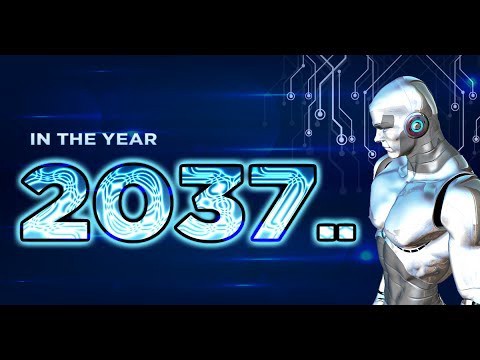Let us for today imagine it is 20 years from now.
Two decades have passed from today. Imagine we are now and not looking forward, the present. The technology, just emerging at this point today will be old, superseded, and retro. Basically a quaint memory we all love to laugh at.
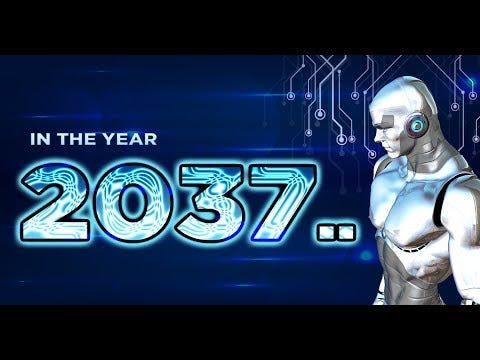
What will the world of that time be. How is it already changing, and most importantly: where have all the unskilled jobs gone?
2012 has seen the introduction of the robotic pizza machine. Oovie and others started to replace the dated video store, until Netflix finally gained enough bandwidth in enough places to have replaced these physical stores in a box.
Just as the pizza stores started to be replaced by vending machines, so around 2021, the new autonomous delivery vehicles started to collect pizzas and replace the the pizza boy. You call in an order, the machine (somewhere in your city) creates the order and within 15 minutes you find it hot and perfectly cooked as you like it (and it takes your feedback and improves each and every time you order) delivered wherever you happen to be. So, there are no more delivery jobs either.
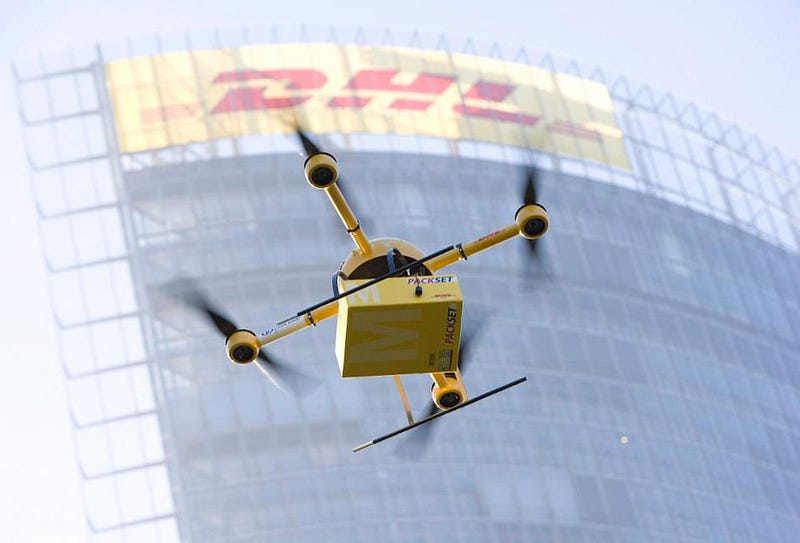
The autonomous systems work on machine time, not human time.
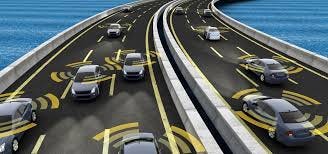
They work 24/7 and have little downtime (other than upgrades, and they are cheap and easy to replace).
Your local McDonald’s no longer hires the youth or elderly. The role of a McDonald’s worker is that of an algorithm now with the requirement to place a patty on a grill, time it, flip it, time it, move it to a bun, and serve it. A machine can and will do this better, faster, and more consistently. Mostly, the economics of this exchange make it likely that the machine will do this for a fraction of the cost of an ideal worker, let alone a lazy or sick one.

With no holidays, no sick days, no personal time, and never getting tired machines will be the low-cost alternative to service workers. The world of the future is one without the existing range of low-end occupations.
In this future world, we have seen 20 years of vending machines and robotized shops gradually replacing the unskilled workers in the retail, food, and service industries.
Do we remember Johnny Cabs in the movie “Total Recall” from 1990? Just imagine Johnny Pizza. An autonomous robotic vehicle with a pizza oven (or ham-burger bar) that takes the order remotely, delivers it to your door cooked as you like it in 15 minutes, or it is free?
There is no human manufacturing
In a world of 3D printers, of lights-out factories, and even 3D metal printing and manufacture there is no place for an assembly worker. The car workers of the future are programmers and designers.
There is a coming divide between the skilled and the unskilled we need to address and to address now. Education is cheap in the future, but this still does not empower many people to take on the roles in a growingly competitive world. Math is the most valuable of skills.
Only humans can solve some problems. Not all problems can be solved through computation, and this is our best remaining edge.
The Nike of the future will not hire people in Third World countries. There will be no low-cost Chinese sweat shops. There will be no manufacturing in these places, as it will be less expensive to make a local lights-out factory. Even shoes will be printed and many times right at home.
There will be no exploitation in Third World countries. We have won that battle and at the same time lost the war as there are NO low-cost jobs at all in Third World countries. We have replaced these people and made them obsolete. I hope those who have fought to stop the people being “exploited” are happy with their Pyrrhic victory.
Farming in 2030 will be completed in containerised systems, not farms. We will grow anything locally. There will be no “fare-price” coffee or cocoa as all foods are grown locally, delivered fresh daily and completely automated.
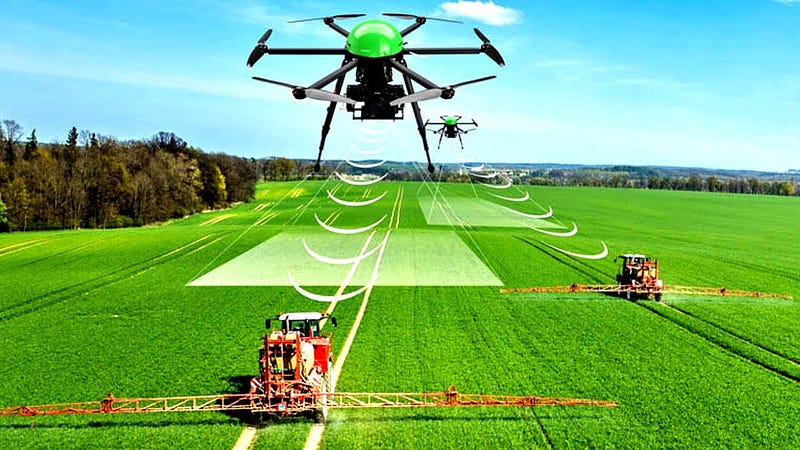
It will be fresher, closer, and better. Hydroponic towers will fill deserts and areas that we see as unable to support life, and there will be no reason to support cash-crop farmers. They will not exist other than for charity.
Vision in a world of augmented reality
We look fondly back at the start of Google Glass remembering those geeky people with the silly goggles and headsets the same way we in 2012 remember those with a brick of a mobile phone in the 80’s.
What we have now is a bionic system implanted to augment our seemingly inferior natural vision, hearing, and other senses.
We will have the elderly climbing Everest in exoskeletons originally designed to replace wheelchairs. The future of powered suits will also aid the general community become faster, climb higher, and do more without training.
Good or bad, how would you choose to climb the Matterhorn, if you could do so without risk and for a minimal exertion?
Our future reality is augmented in many ways.
Future education
We need to stop teaching endless lines of facts and start teaching students to think!
Why you ask? Well, we will have a personal assistant (see Watson below) that can instantly answer any natural-grammar based question and recall any fact, make any simple calculation, and replace any spreadsheet in under a decade.
And it will fit into a watch-sized device and talk to us using natural speech.
Remembering facts is not educating people, learning how to think and argue is what education needs to be all about. Socrates taught people to question, not to memorize. We need to do the same.
The false arguments as to why we will not have this world
It is argued that automation, robotics and computerization will not effect the near future. This is an argument that we require systems with vision, touch, and hearing just like humans do.
Well, these things are here in this world.
Watson, IBMs learning machine that won Jeopardy, has become an iPhone app in 2017 replacing the failing Siri 3.x. This app, working through your augmented system that delivers a visual update (similar to the visuals in the movie Terminator), will be delivered at first using contact lenses with laser imaging and cameras, and by 2020 will be implanted to offer true bionic vision. We will go to a “body shop” periodically to get bioware updates as needed.
We also will see hologramatic images of people as real as you can imagine without them being there.
If that Johnny Pizza seems as if it was a real person, and the pizza is better, why would we order any other way?
We will learn differently. When all the facts are there, the entire Library of Congress is online and available, what will matter is the ability to access and analyse information.
In the world of the future, there are no more service jobs, no manufacturing, no low-cost roles to fill. It is a world of data, design, and creativity. What we need to do is start to imagine ways to make this a world that works in this future.
Rome
Rome of the empire was a place with massive unemployment. We created games to fool the masses into acceptance of their lot in life. This was a decadent and corrupt society that was derived from a far more virtuous (in relation to the later period) society than it ended.
Rome had many people unemployed and a slave-based economy.
We have a future robotic society with robots taking the place of the slaves in Rome with less chance of a rebellion.
We will have masses of people who do not fit this future. Who do not learn to become the creators and long for a past of manufacturing. A people who are driven by the Gladiatorial future sports and Springer’esk entertainment of the lowest denominator.
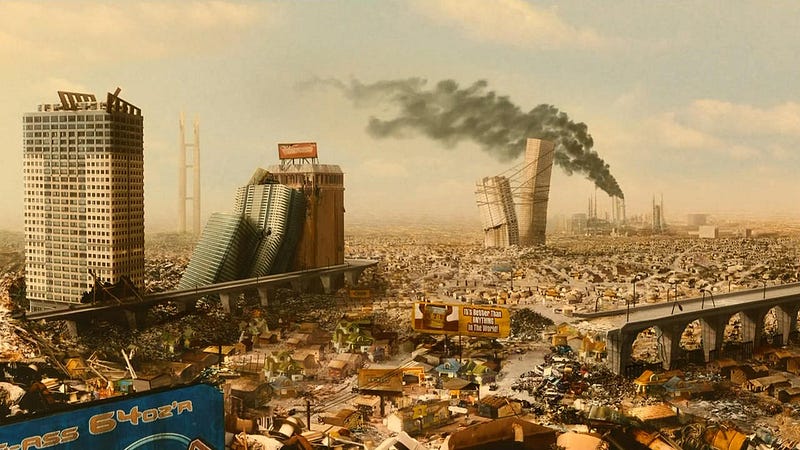
Change starts now, or we are destined to make the same mistakes we made again.
Now personally… with qualifications in statistics, finance, and economics, do you wonder why I have chosen to work in information security and big-data analysis? Why Bitcoin?
Other than this, law will be critical. The issue with law is that it cannot be handed to a machine.
In the future, all property will be, at its heart, intellectual property.

